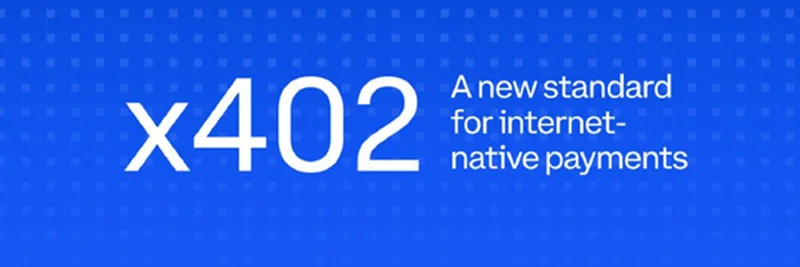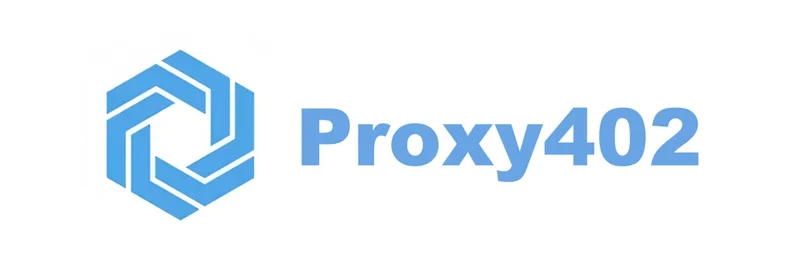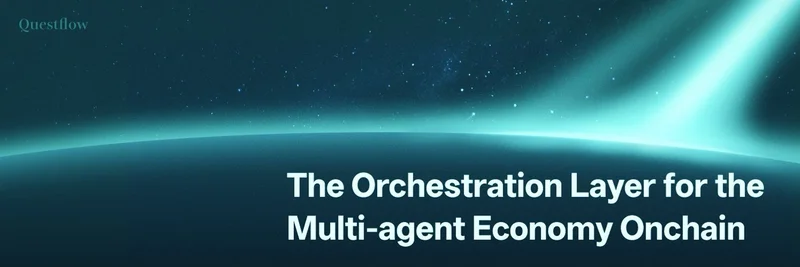In the fast-paced world of cryptocurrency, where innovation is supposed to make everything easier, one glaring issue stands out: why is it harder to swap between major fiat currencies than to trade obscure meme coins? This question was recently posed by Mert, the CEO of Helius Labs, in a thought-provoking tweet that's sparking discussions across the blockchain community.
Mert's tweet points out a fundamental irony in crypto. "The entire point of this stuff is to be able to swap in/out of currencies," he writes, yet exchanging USD for AED, Euro, or Yen often comes with punishing fees and complications. Meanwhile, diving into something as whimsical as a meme coin—let's call it "anuscoin" for illustrative purposes—is seamless. Check out the original tweet here to see the full context and the lively replies it inspired.
For those new to the space, forex, or foreign exchange, refers to trading one currency for another. In traditional finance, it's a massive market with trillions in daily volume, handled by banks and brokers with tight spreads and high liquidity. Crypto promised to democratize this, but as Mert highlights, we're not there yet. Instead, decentralized exchanges (DEXs) shine when it comes to tokens built on blockchains like Solana, where Helius Labs operates. These platforms allow instant swaps for meme coins—those viral, community-driven tokens often inspired by internet jokes or trends—with minimal friction.
Why the disparity? Replies to Mert's thread offer some clues. One user notes that big traders get near-infinite depth and leverage from banks, something crypto hasn't fully replicated on-chain. Another points to friction in on/off ramps, where converting fiat to stablecoins (crypto versions of fiat like USDC or USDT) remains cumbersome due to regulations and banking hurdles. This makes meme coin trading, which stays entirely on-chain, far more efficient.
At Meme Insider, we see this as a golden opportunity for meme token enthusiasts. Meme coins thrive in this environment because they're native to the blockchain—no need for fiat gateways. Projects on Solana, for instance, benefit from low fees and high speed, making them ideal for quick trades. If you're a blockchain practitioner looking to level up, understanding these dynamics can help you navigate the ecosystem better. Imagine a future where forex in crypto matches the ease of meme swaps; innovators like Helius could be key to that.
The conversation also touches on real-world needs, with users requesting support for currencies like CHF (Swiss Franc). It's a reminder that while meme coins grab headlines with their volatility and fun, the underlying tech needs to solve practical problems like efficient cross-border transfers.
Diving deeper, this highlights broader DeFi (decentralized finance) challenges. Stablecoins have bridged some gaps, but true fiat integration lags due to compliance issues and centralized choke points. Meme tokens, unburdened by these, represent the wild, experimental side of crypto—easy to launch, trade, and hype.
If you're building or trading in the meme space, keep an eye on projects aiming to bridge this divide. Tools from Helius Labs, which provide Solana RPCs and APIs, could power the next wave of seamless trading infra. As the thread evolves, it's clear the community wants solutions: "Whoever develops the first truly anything-to-anything swaps engine is going to eat," one reply quips.
In summary, Mert's tweet underscores a key pain point in crypto's evolution. While meme coins offer frictionless fun, fiat swaps remind us there's work to do. Stay tuned to Meme Insider for more insights on how these trends shape the meme token landscape and empower you in the blockchain world.




